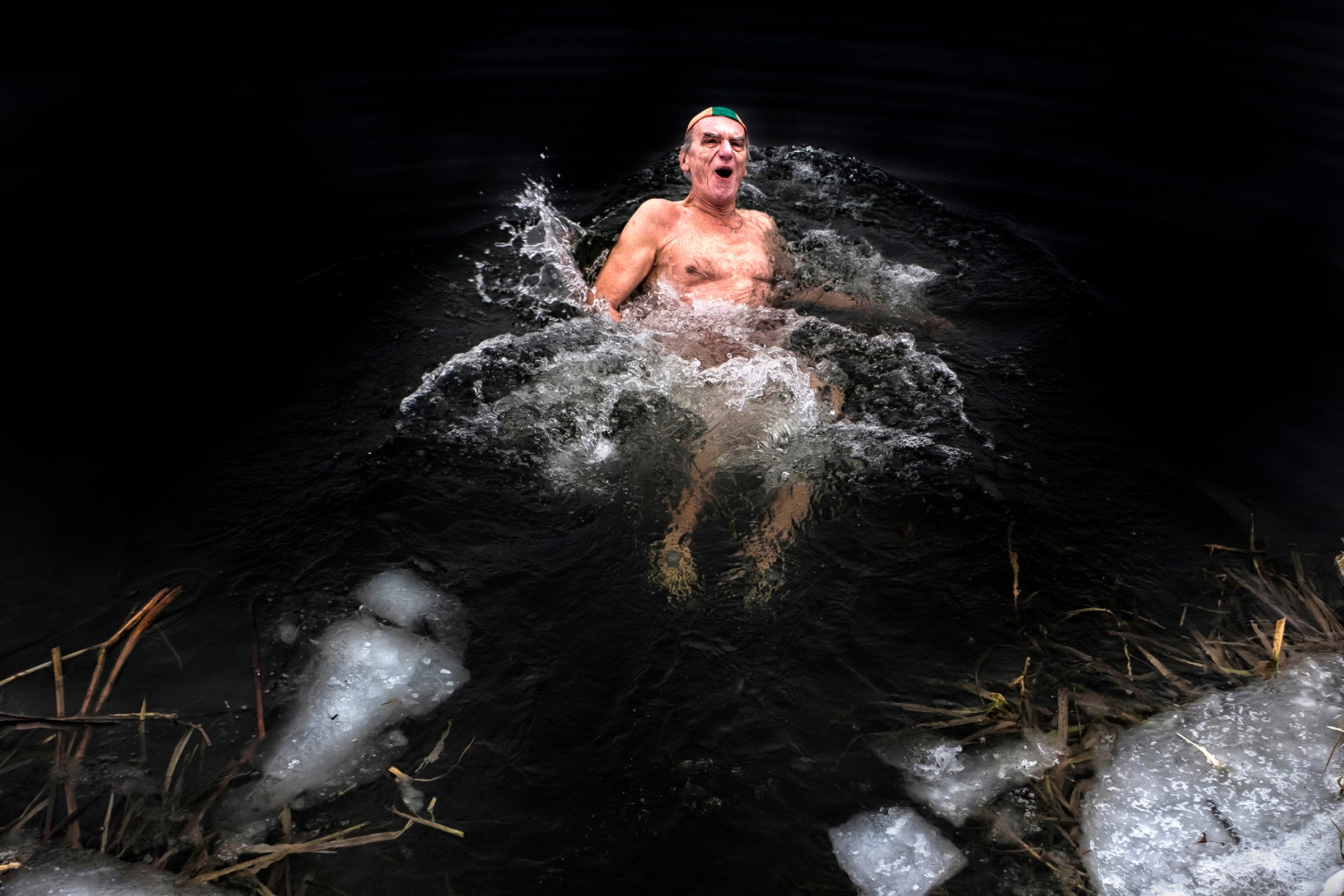
An unsuspecting passerby may be greeted with a rather bizarre sight when they pass by the Czech Republic‘s Labe River during the height of winter. Despite temperatures dropping below freezing, they’re likely to witness a group of senior citizens plunging into the chilly depths of the icy waterway – out of choice.
For nearly a century, cold water swimming has been a great tradition in the eastern European country. The custom dates back to Christmas Day 1923, when Alfréd Nikodém, a Prague goldsmith and sportsman first swam in the Vltava, the Czech Republic’s longest river. The sport caught on and still today Czechs brave the cold of the Vltava for an annual Boxing Day dip.
Among the most hardy of all the cold water swimmers is the group of pensioners who meet twice a week, whatever the weather, throughout the year in an old railway wagon at the bank of the Labe River in Pardubice, near a section of the river where the water is less than 20 meters deep.
The OAP swimming club then ease their way into the glacial stream and swim about 250 meters, often surrounded by blocks of ice. After their freezing feat they’ll run several hundreds meters and roll in the snow if there is any, then finally go inside the wagon to warm up by a pre-heated stove.
For these senior citizens, some of whom are in their late eighties, plunging into freezing temperatures has its benefits. “Cold water swimming is as much a challenge as it is a health strategy,” Radek Kalhous, a photographer who has been capturing candid images of the swimmers, told TIME. “It improves heart activity, vessel elasticity and the immune system in general.”
According to Kalhouse, the pensioners who swim in the Labe are hardly ever ill. “They are brimming with energy and optimism,” he said. “Local clubs are full of friends and the community is still growing. Cold water swimming is not just sport for them. It’s their lifestyle.”
Indeed, 75-year-old Jitka Tauferova, who founded the club 25 years ago, says she has not fallen ill during the time she’s been cold water swimming. “The last time I had flu was 25 years ago,” she told TIME. “[My] back pain disappeared. Better blood circulation improves healing broken bones and my heart is like a hammer. I feel great.”
Tauferova said people who try out cold water swimming are instantly hooked. “The story is always the same,” she explained. “They start in summer and continue until fall and winter, gradually hardening to the cold. Then their dream – to swim in a river in winter – comes true, but they never stop. They become winter swimmers forever.”
As well as photographing the pensioners, Kalhous has been studying the Czech Republic’s roughly 20 cold water swimming competitions. The competitions take place almost every weekend from October to March – the coldest months. According to Kalhous, there are usually five distance categories: 100, 250, 500, 750 and 1,000m.
“The oldest ones swim the shortest distance,” said Kalhous. “If you decide to swim 1,000m, the rules say you can only participate for 22 minutes to protect you from health problems due to hypothermia.” Occasionally, swimmers compete within just a small hole cut into ice.
But most cold water swimmers are not in it for the competition. “The fact that they were able to swim any distance in freezing water is the biggest reward for them,” said Kalhous. “They do it for health, joy and friendship.”
Radek Kalhous is a photographer based in Prague
Kira Pollack, who edited this photo essay is the Director of Photography and Visual Enterprise at TIME
Kate Samuelson is a TIME reporter based in London
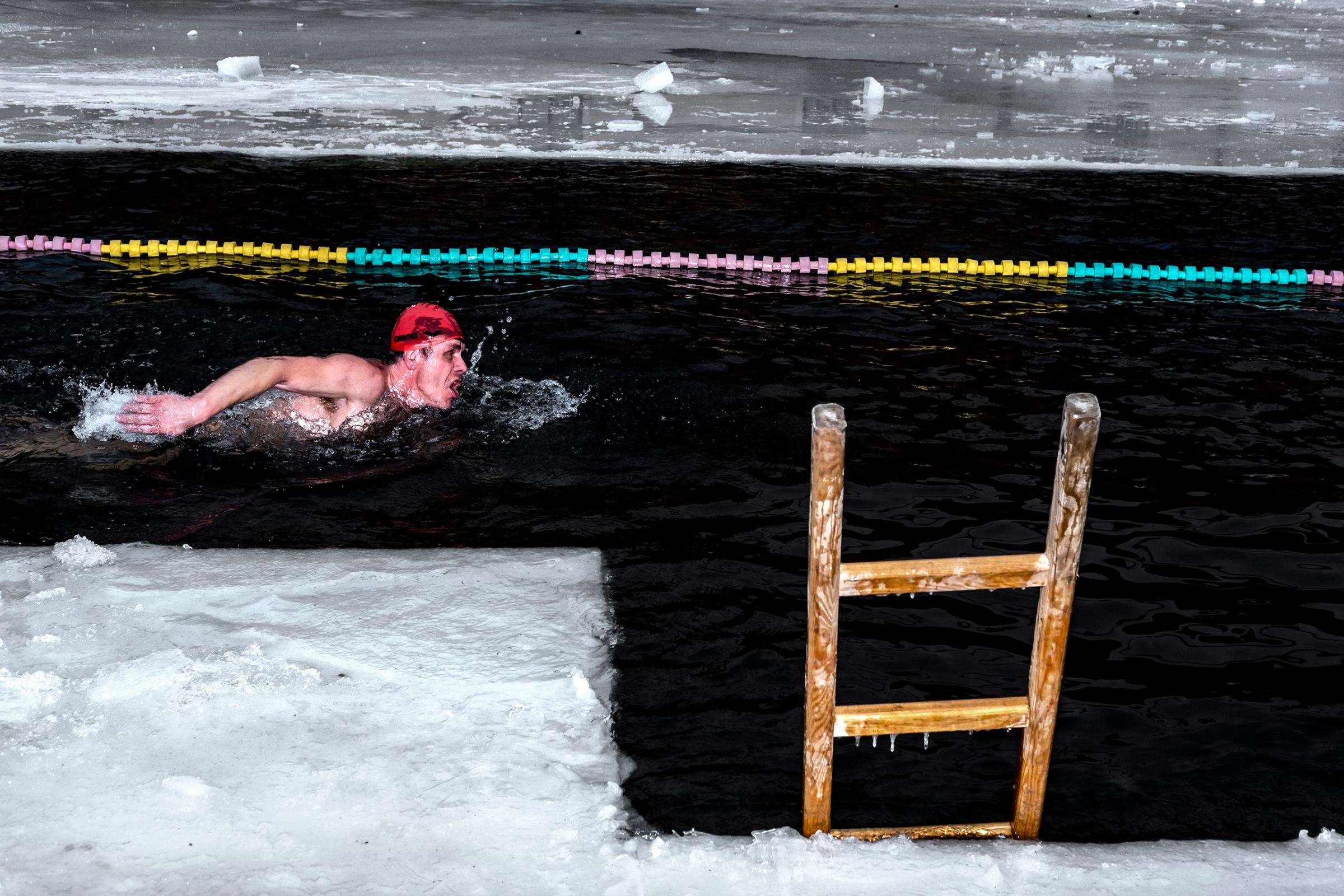
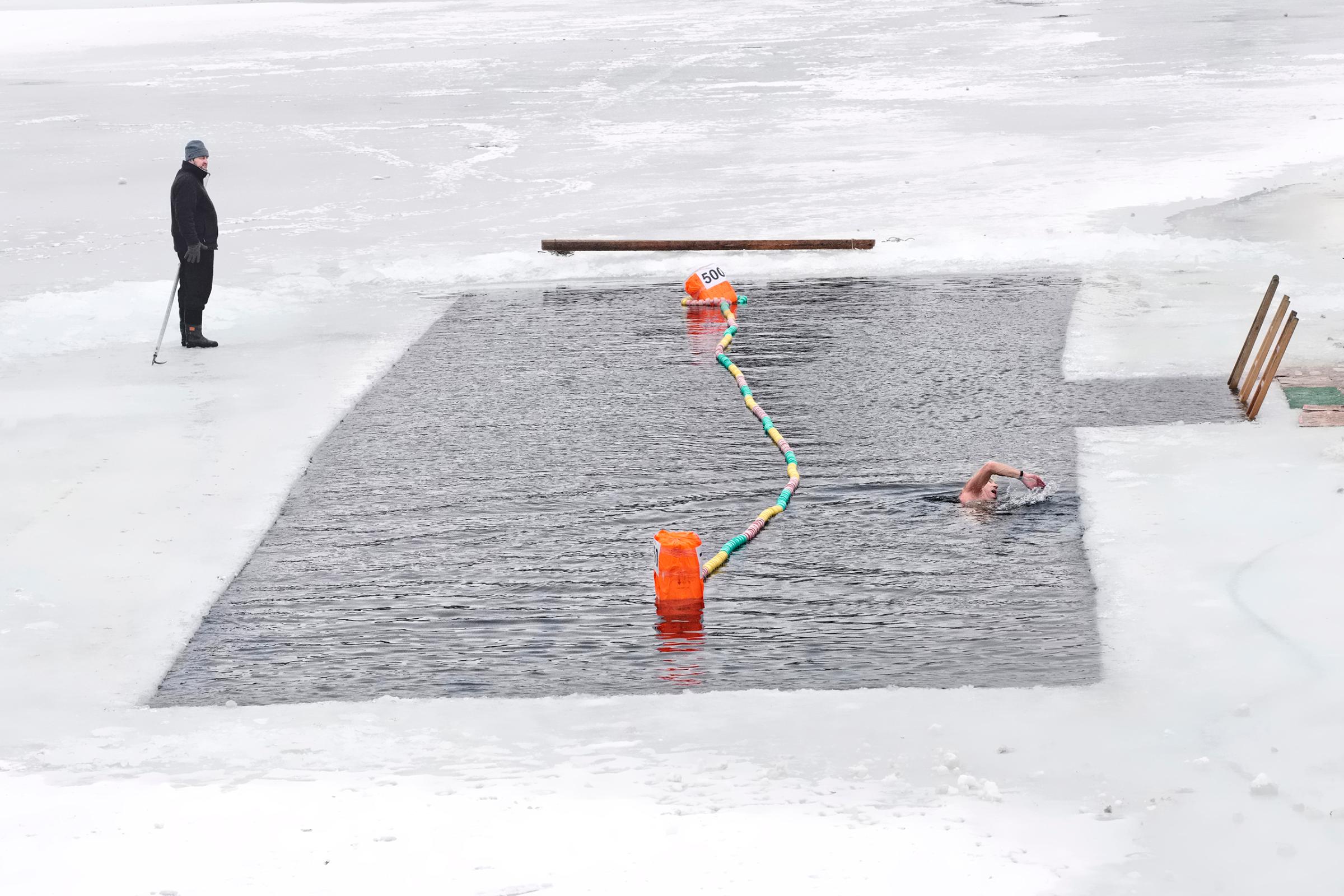
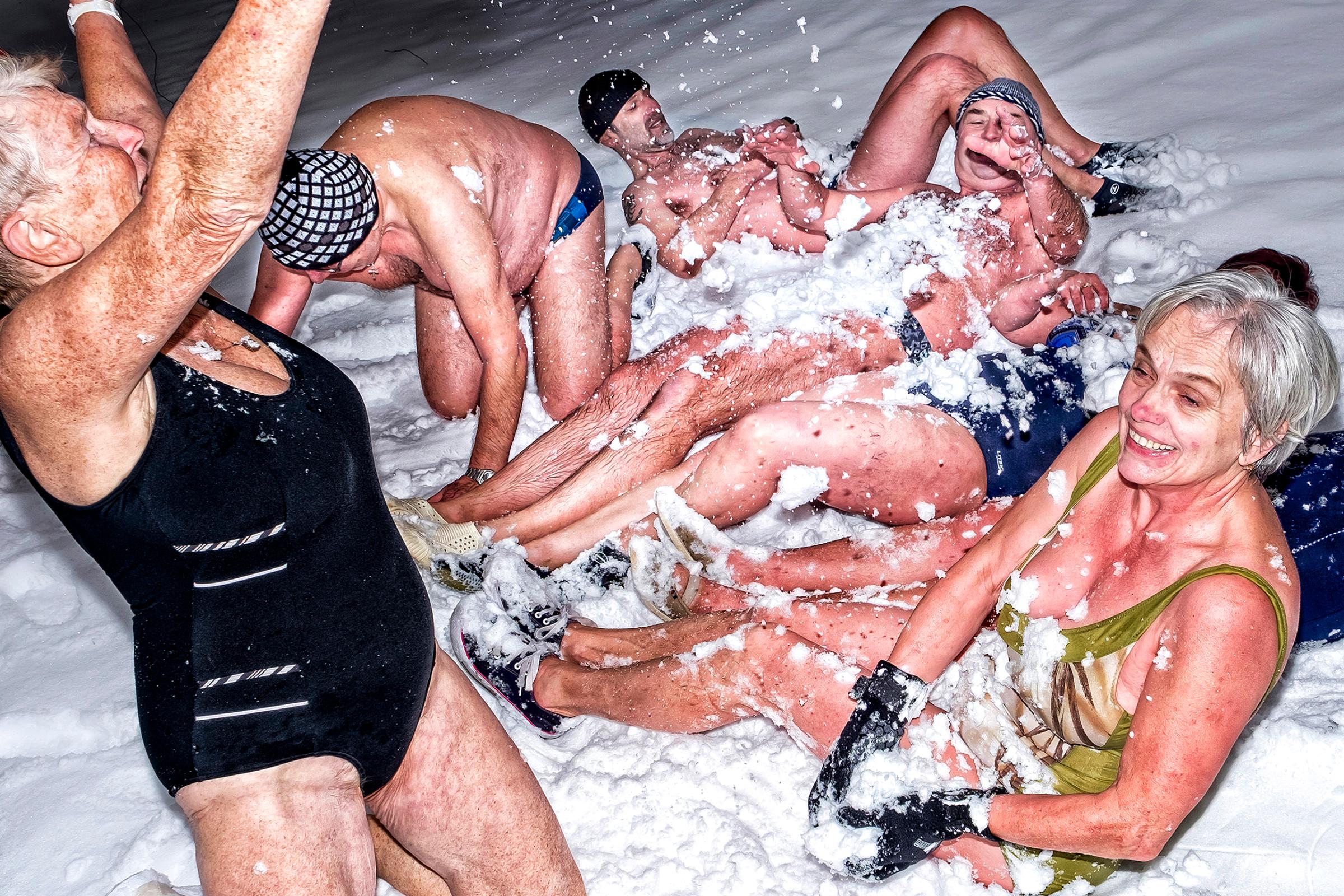
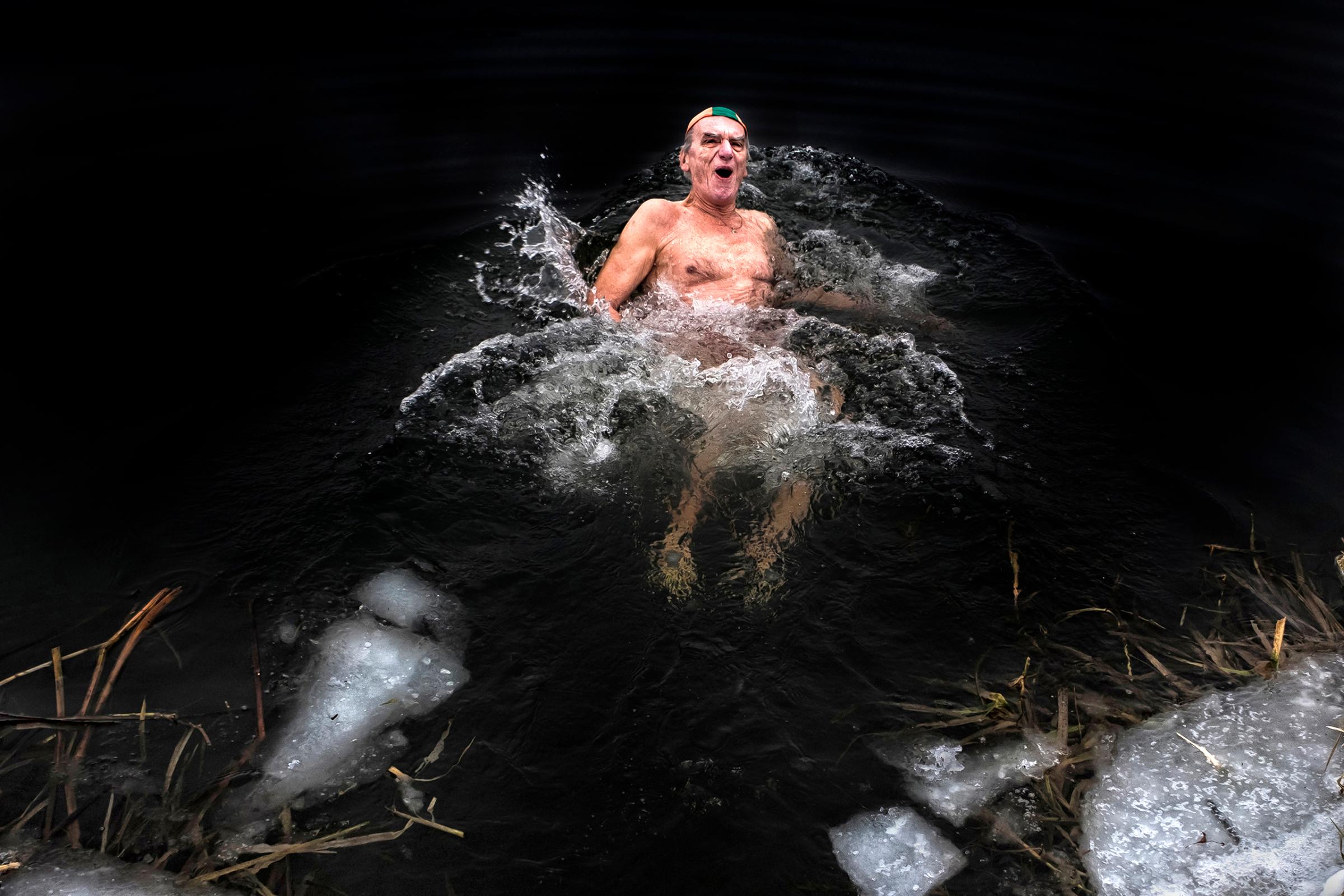
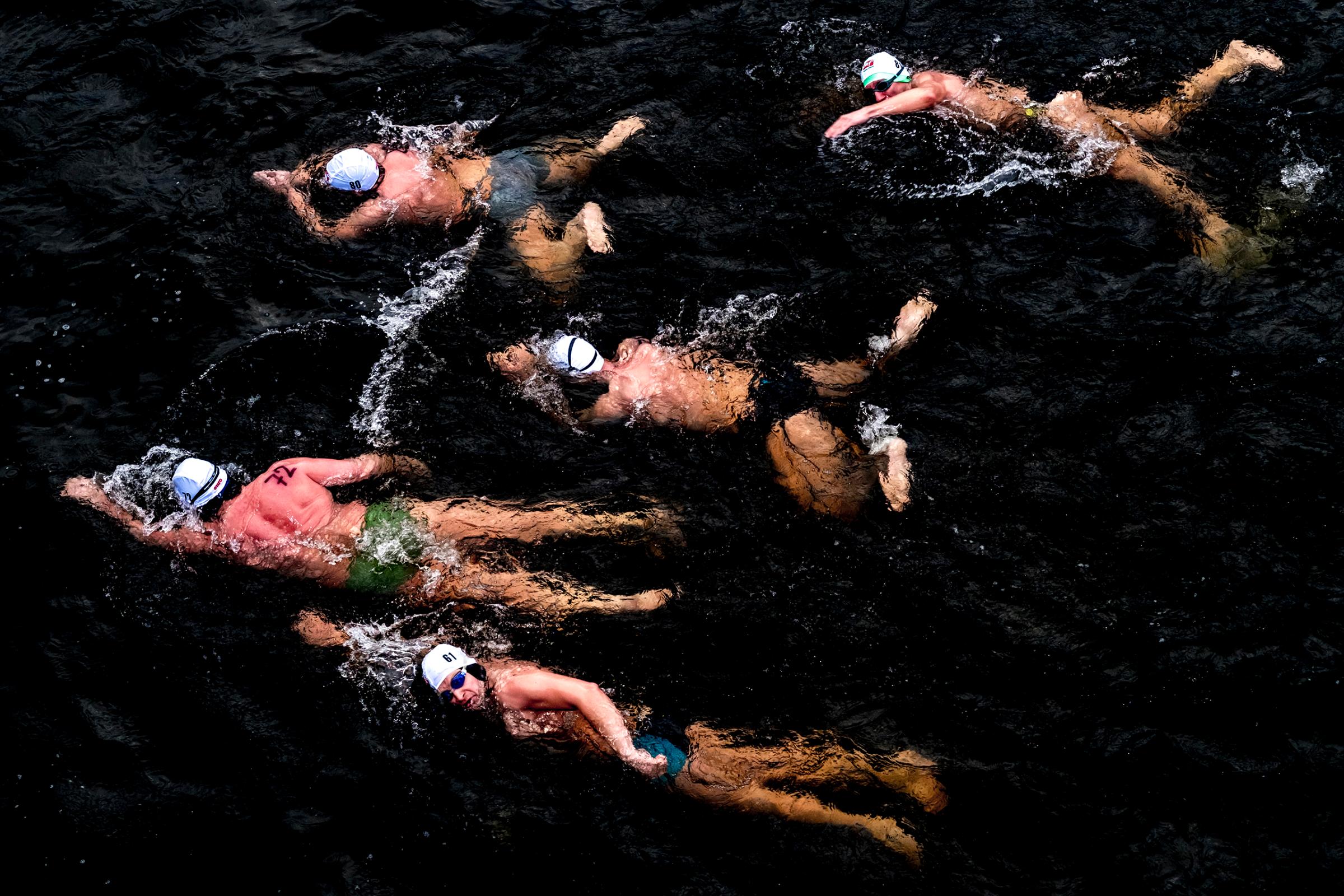
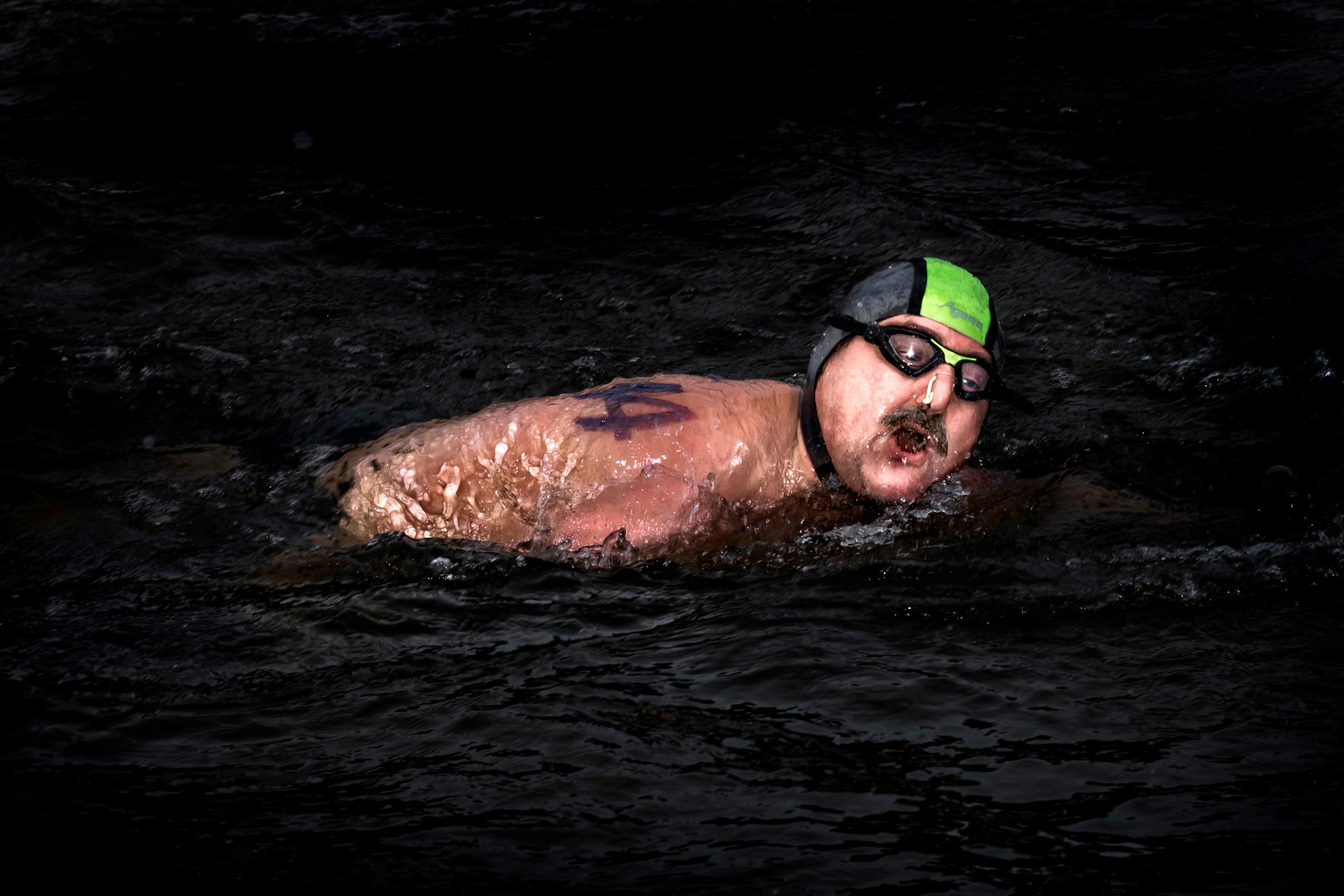
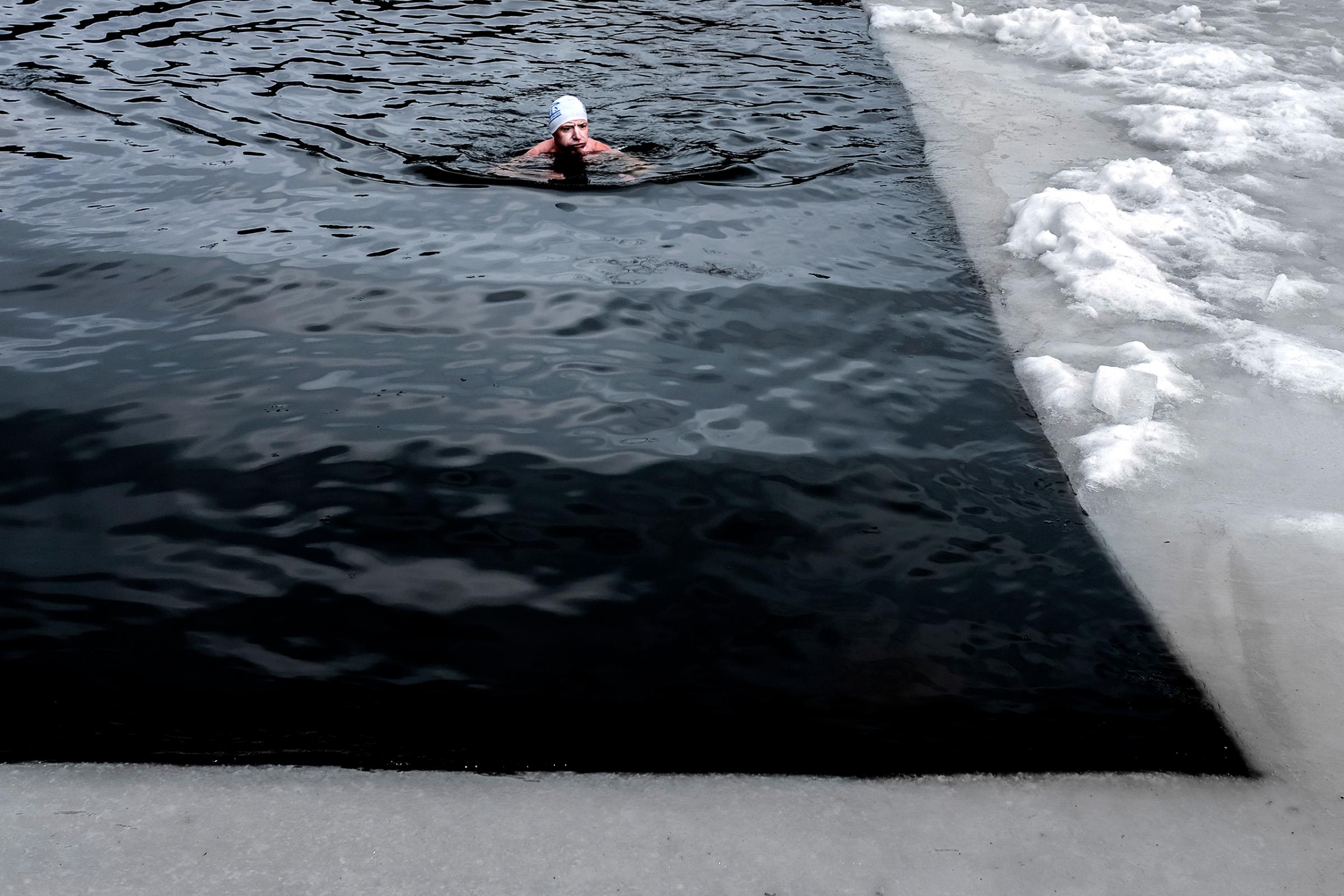
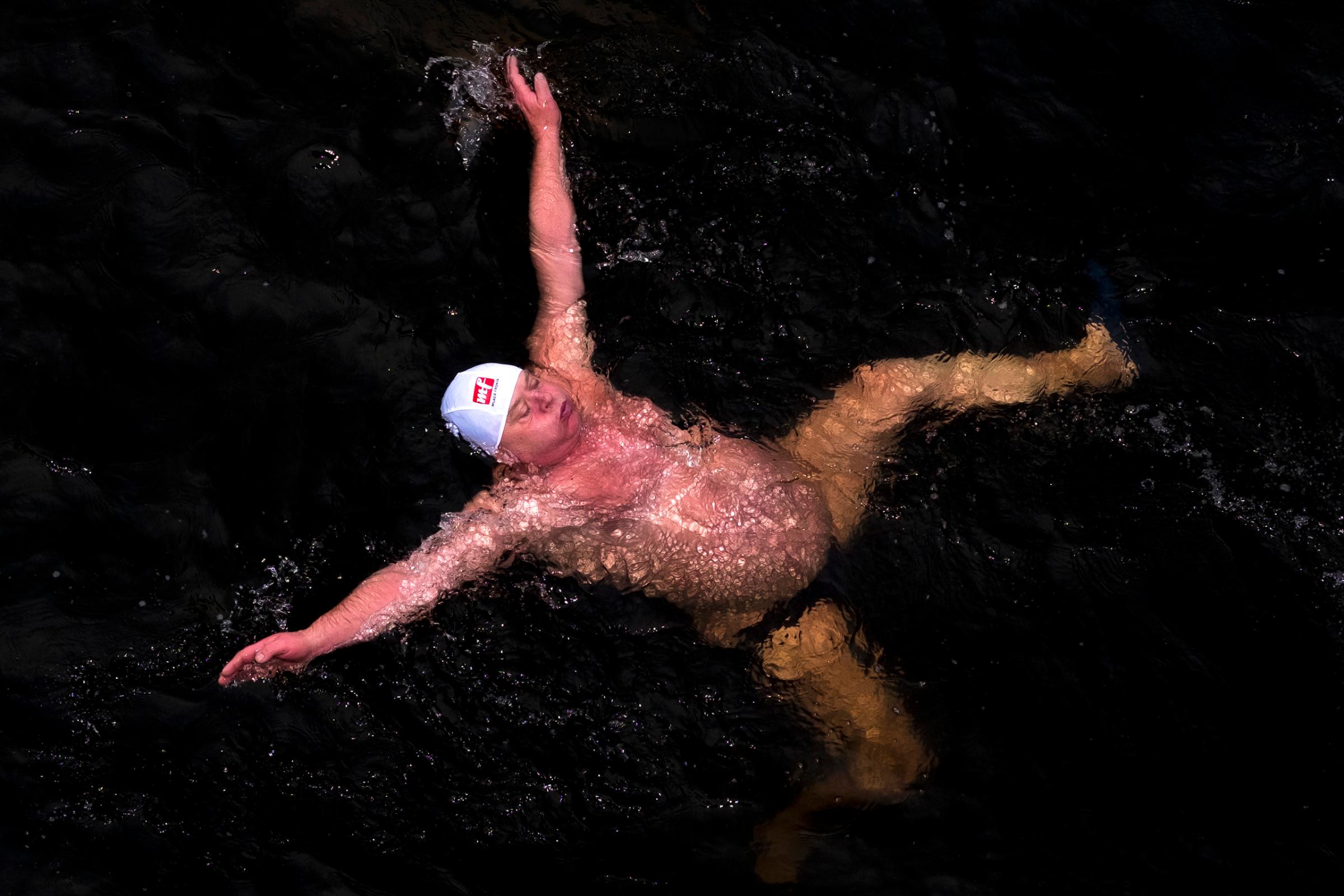
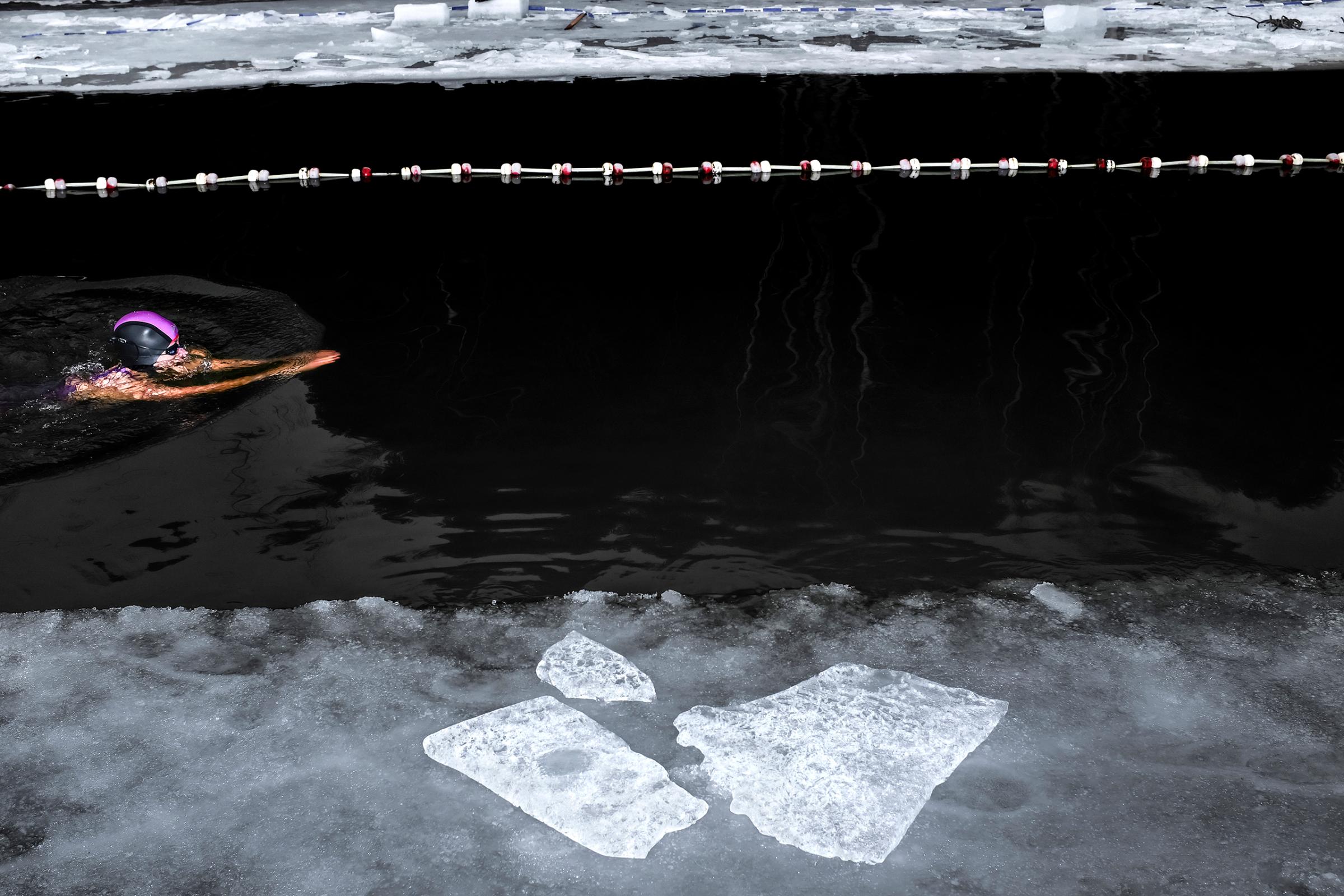
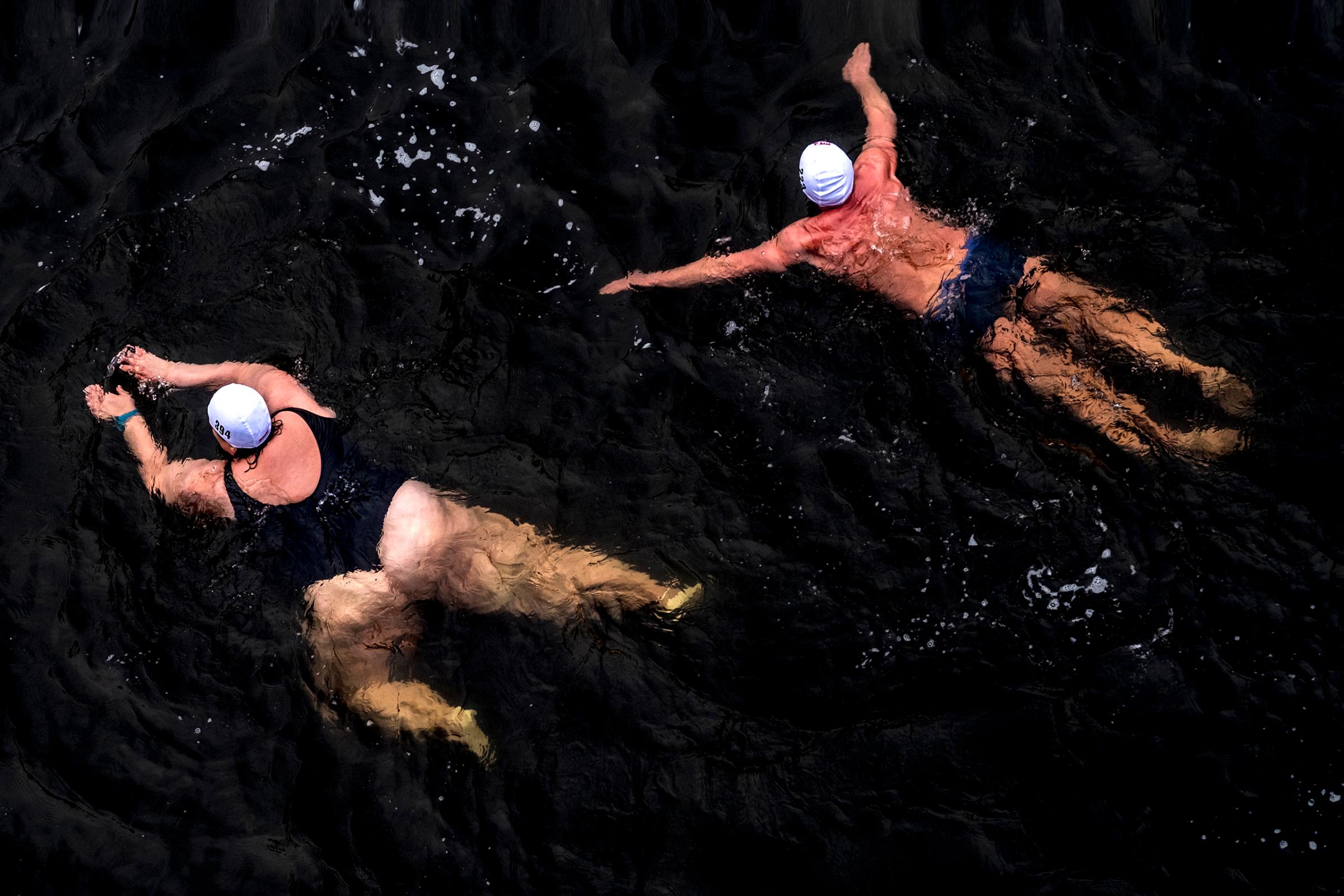
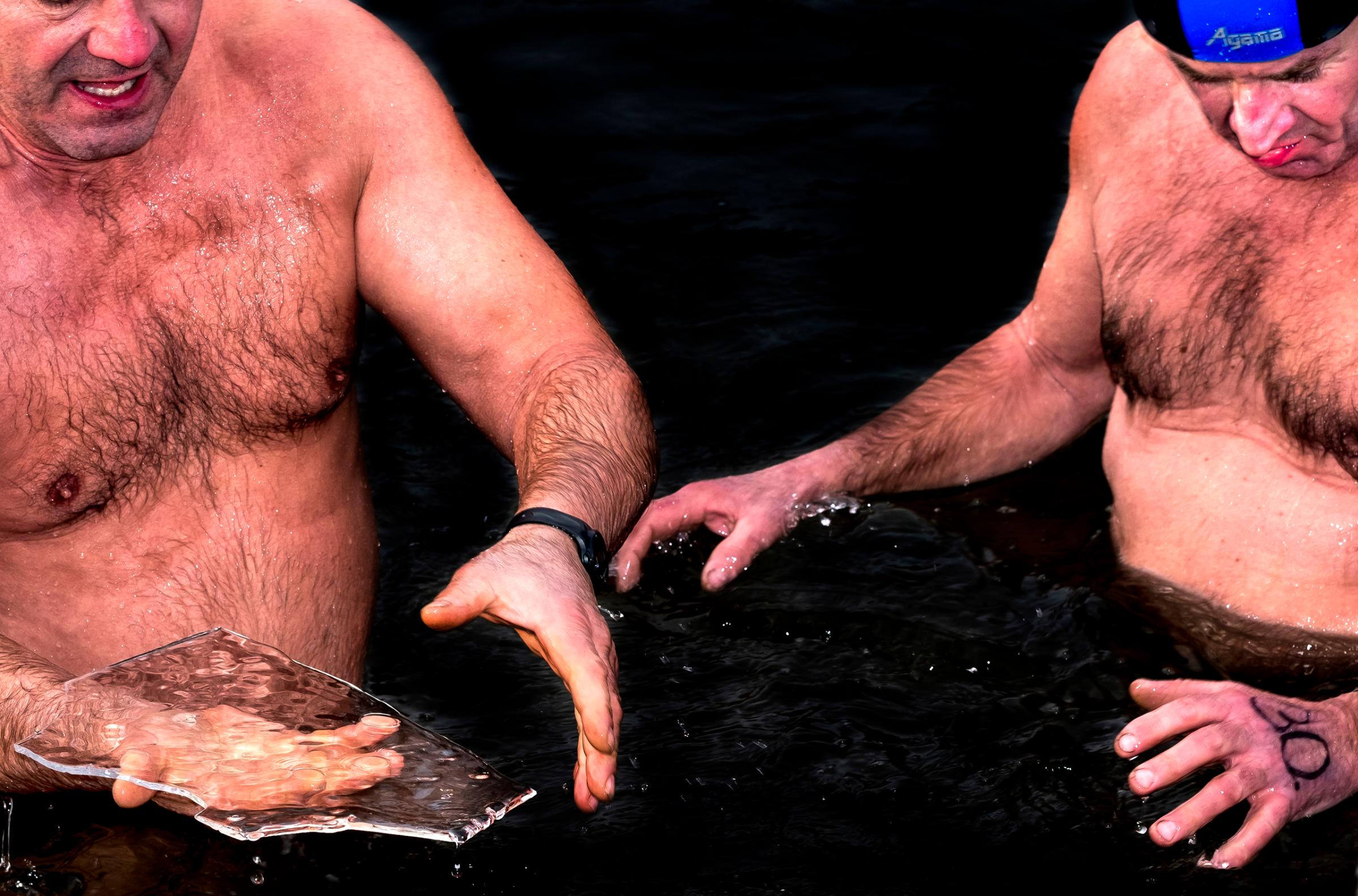
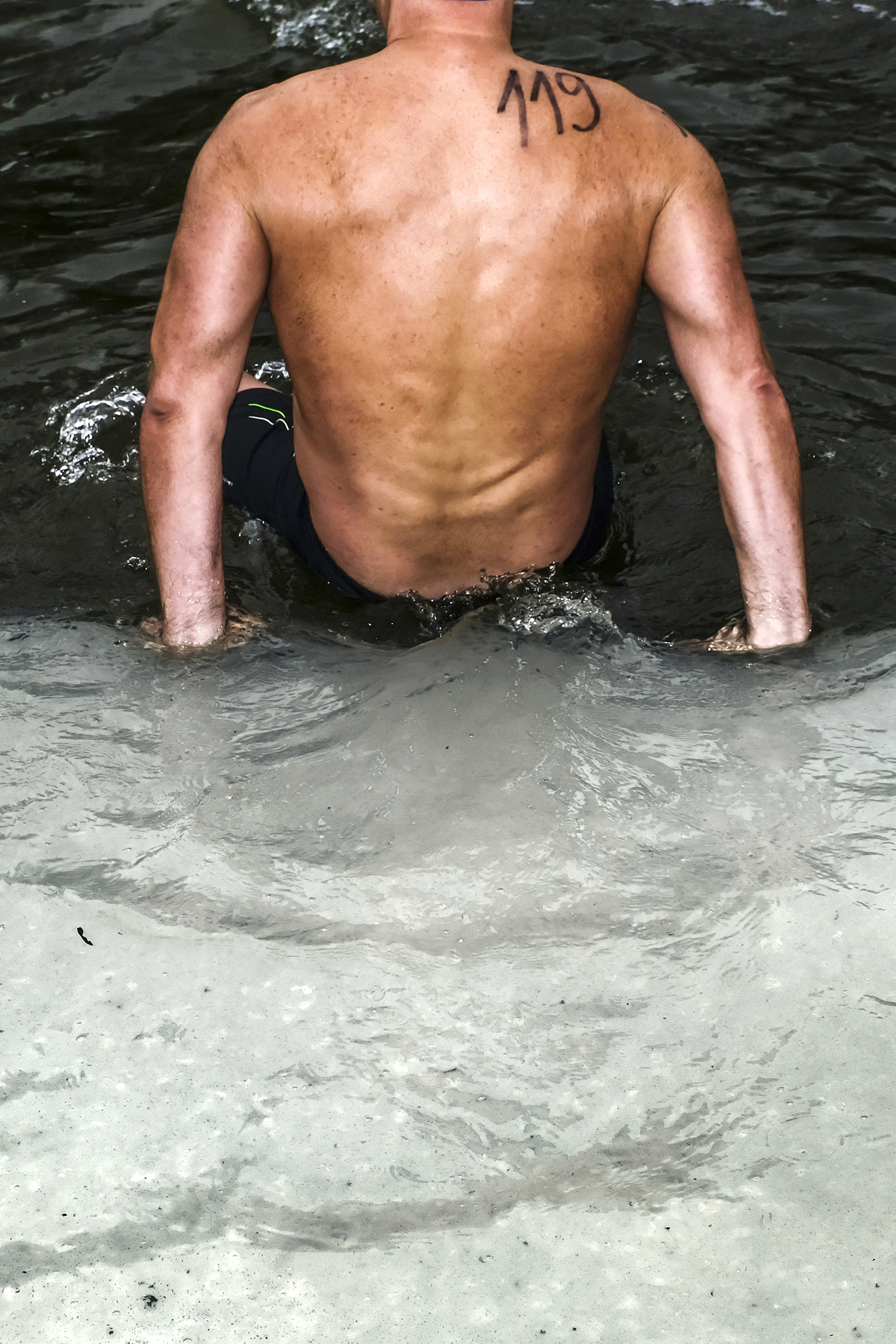
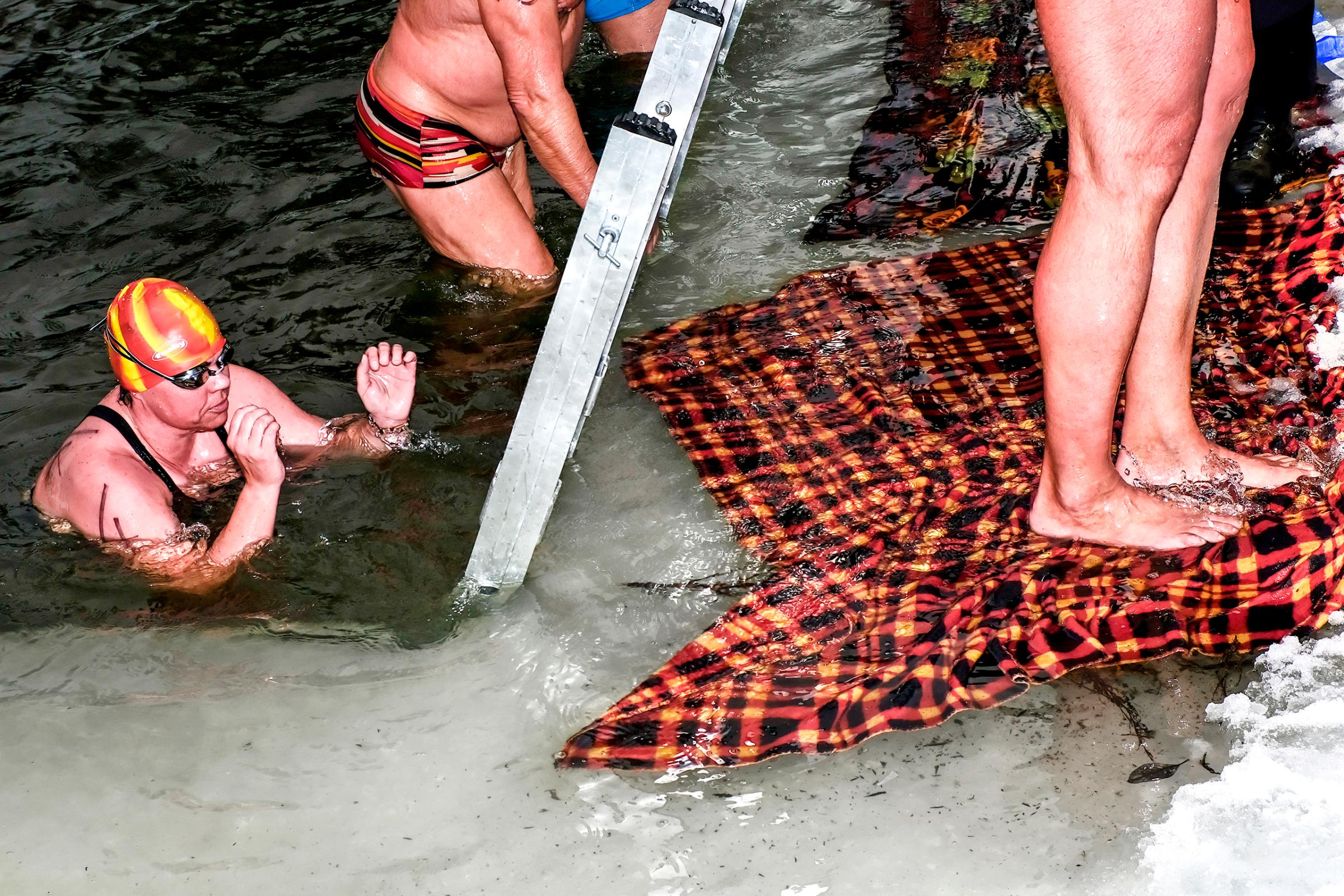
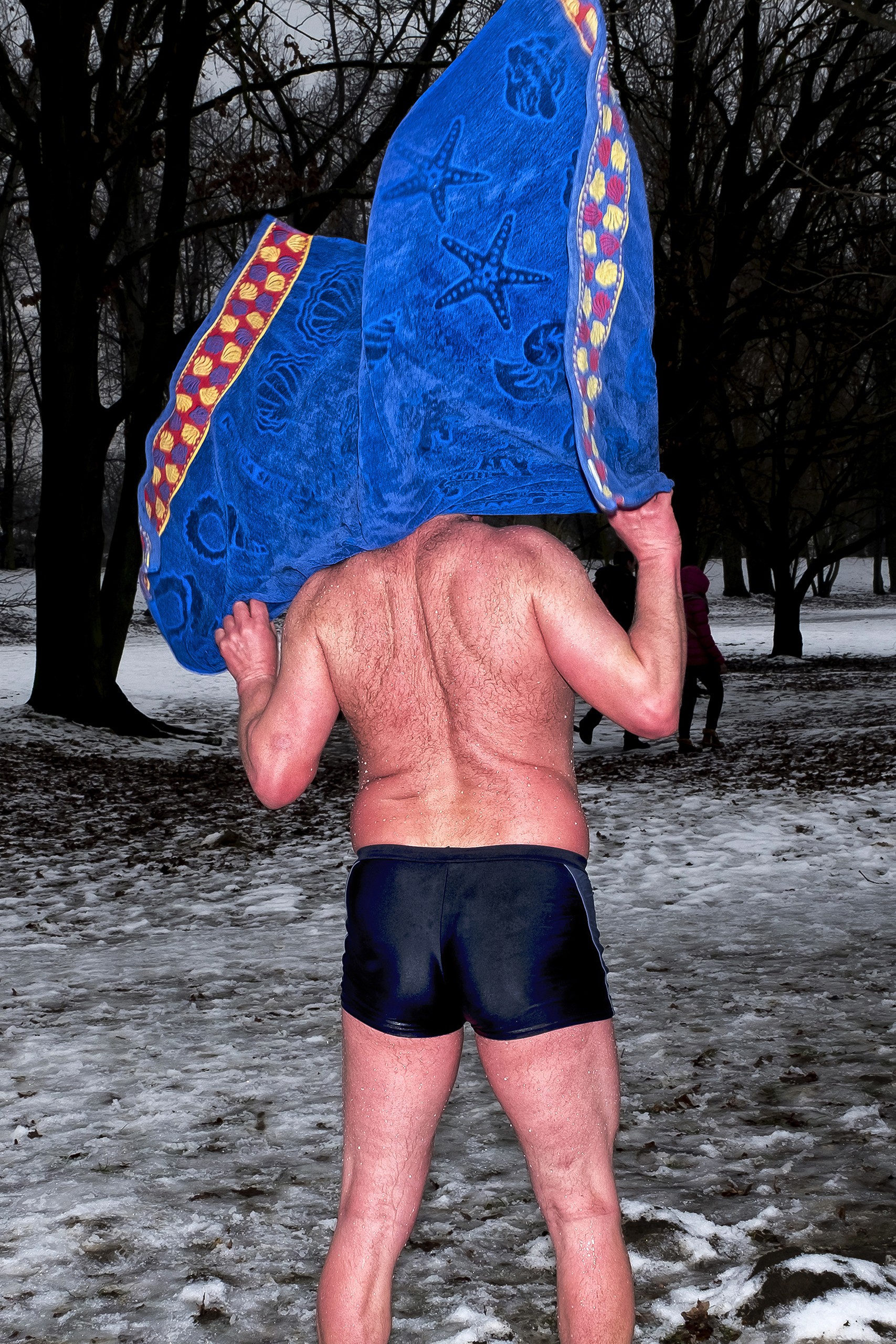
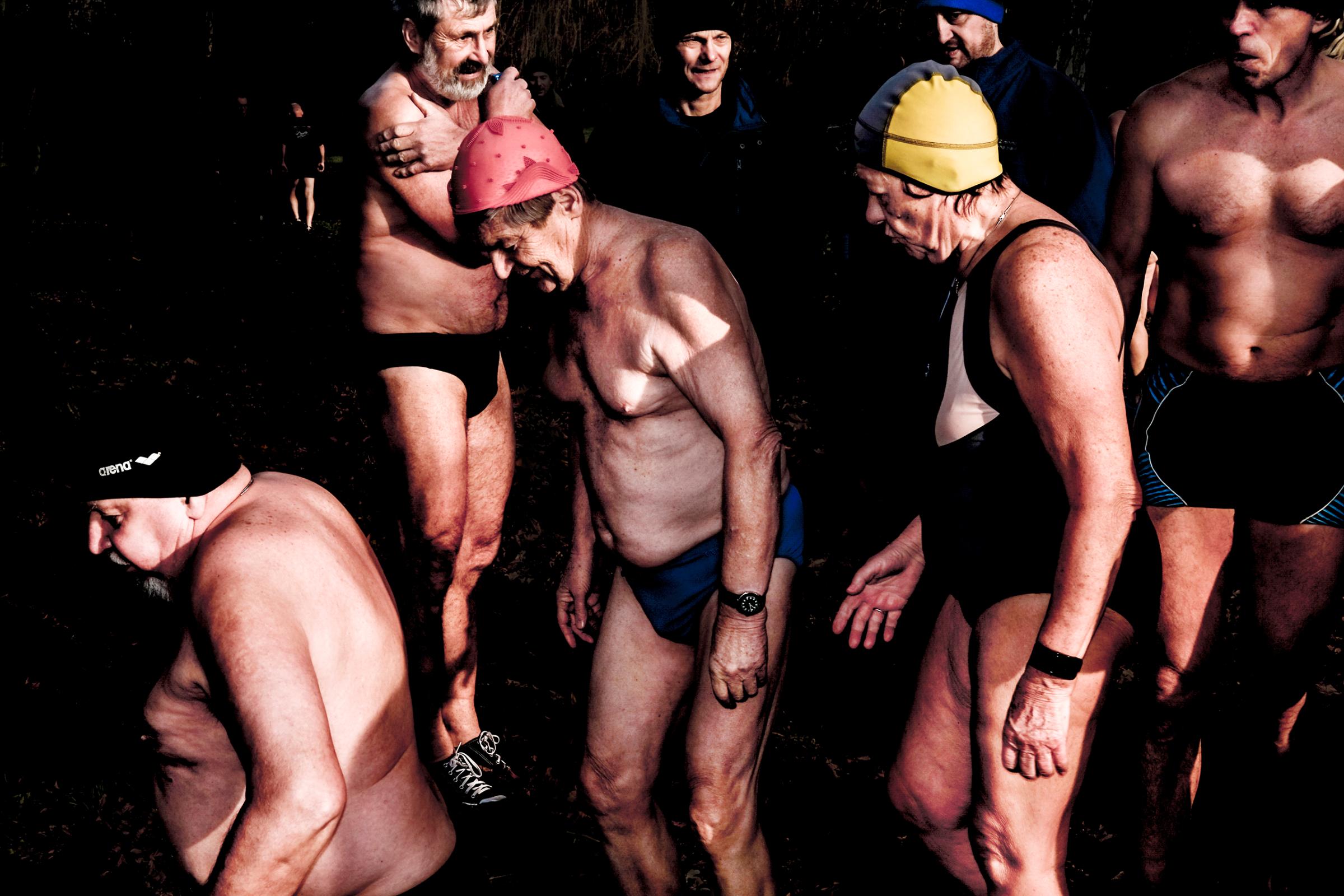
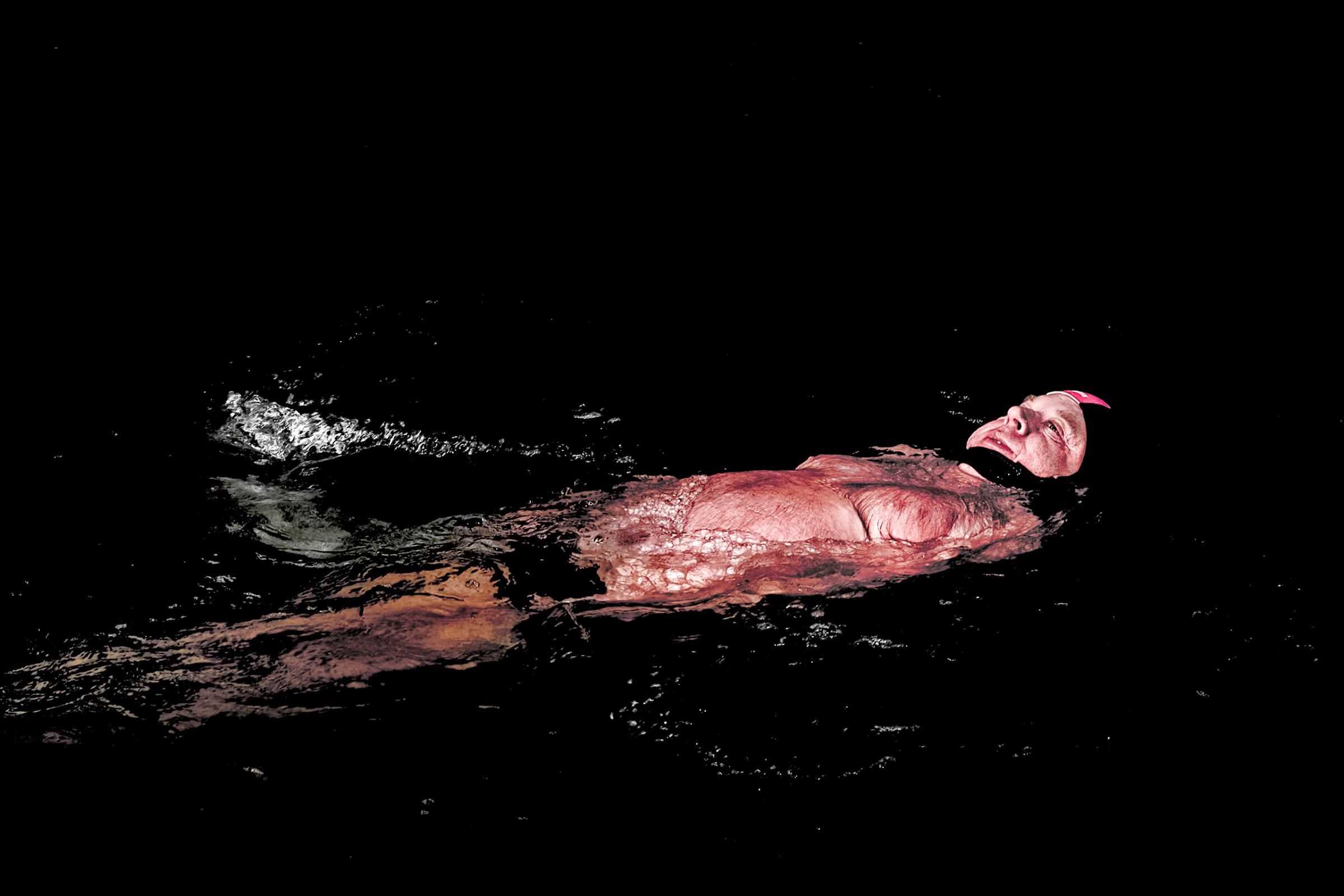
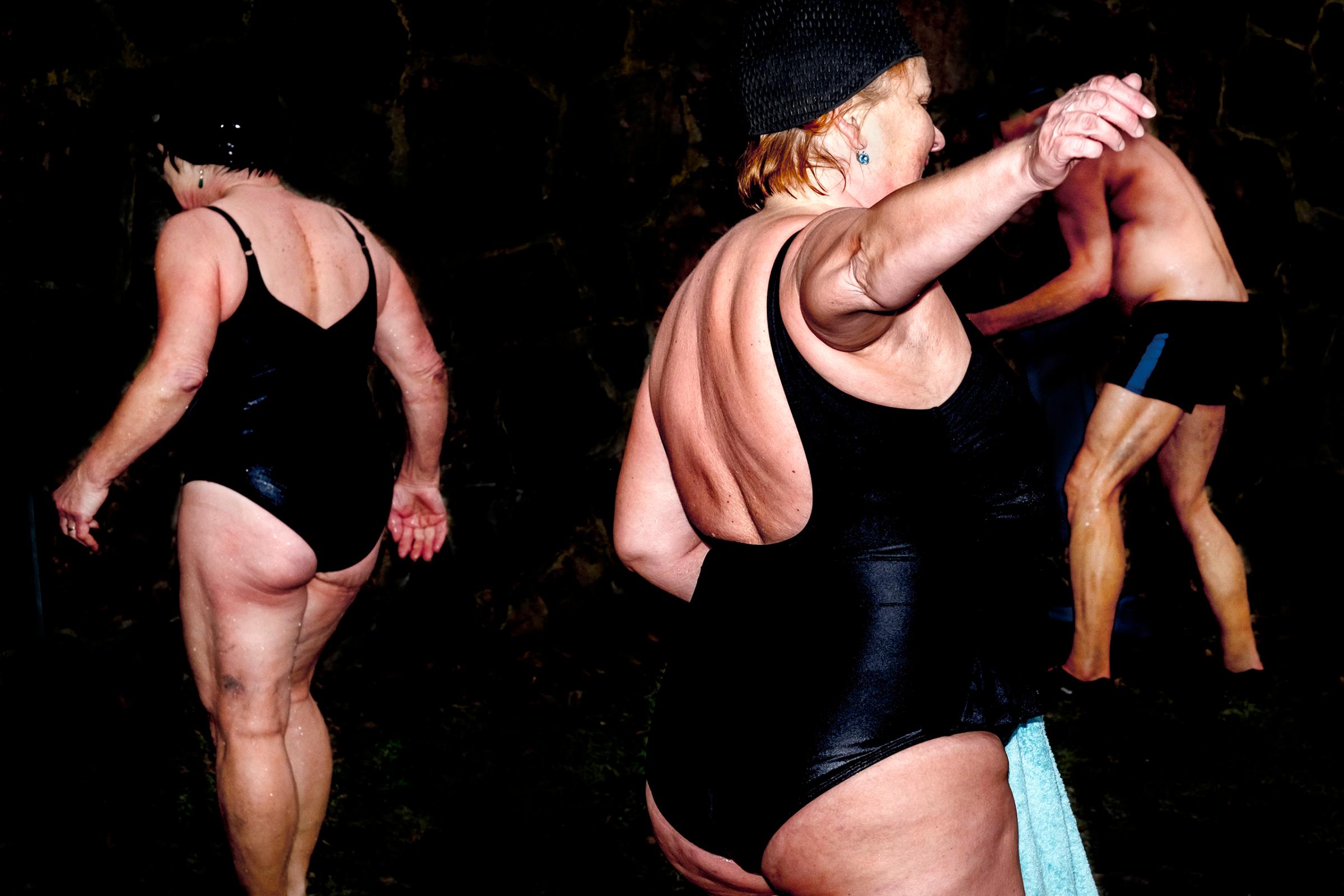
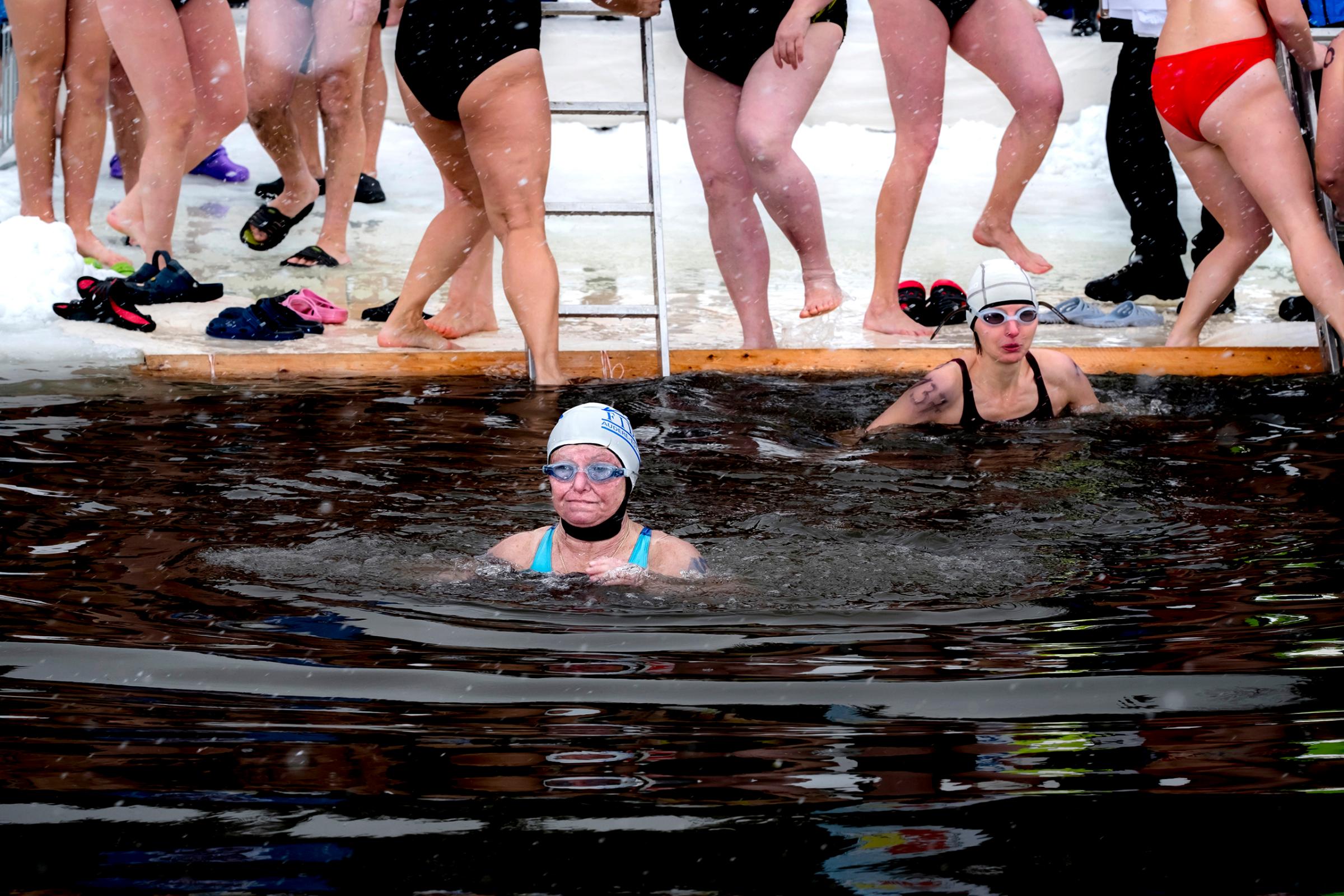
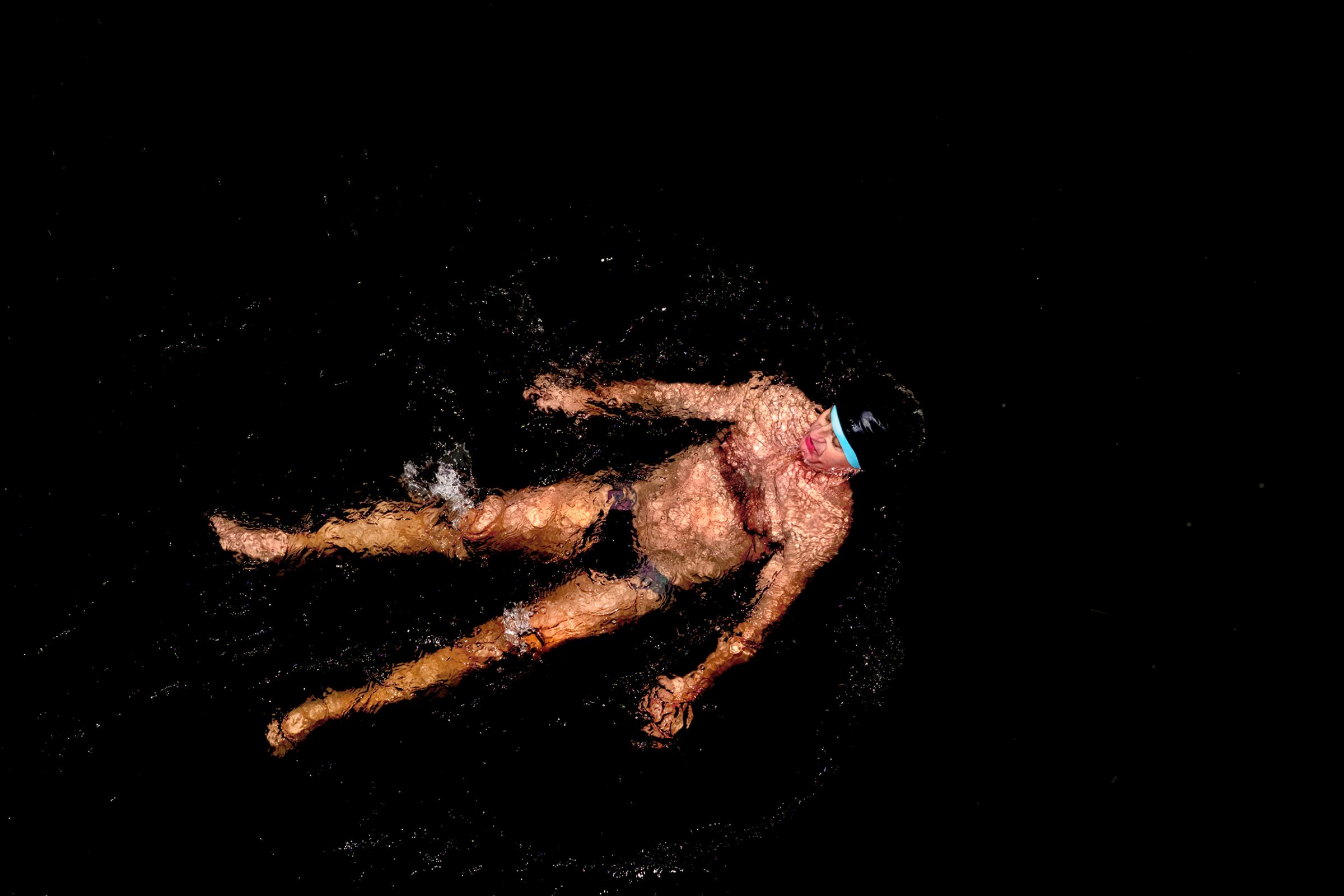
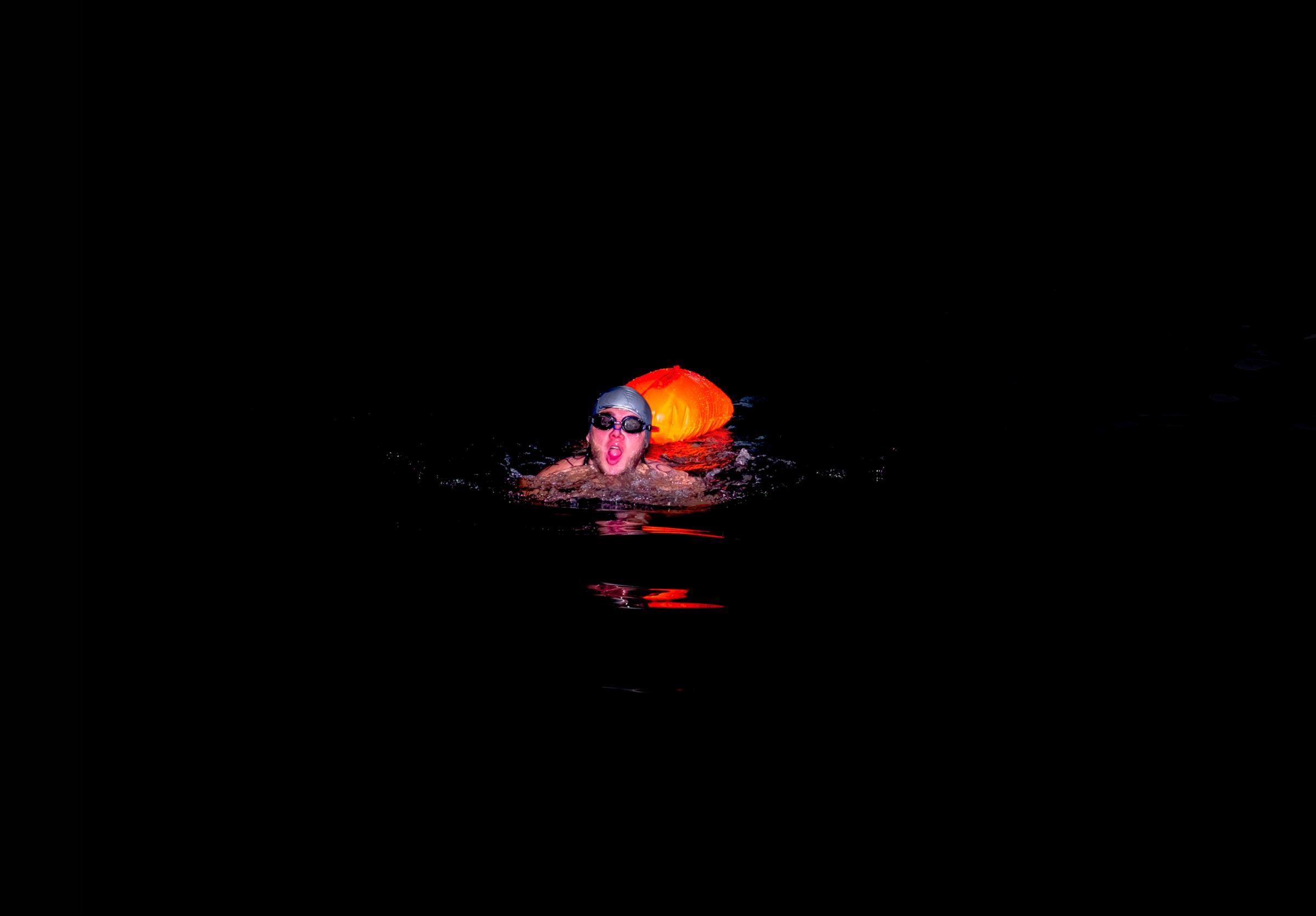
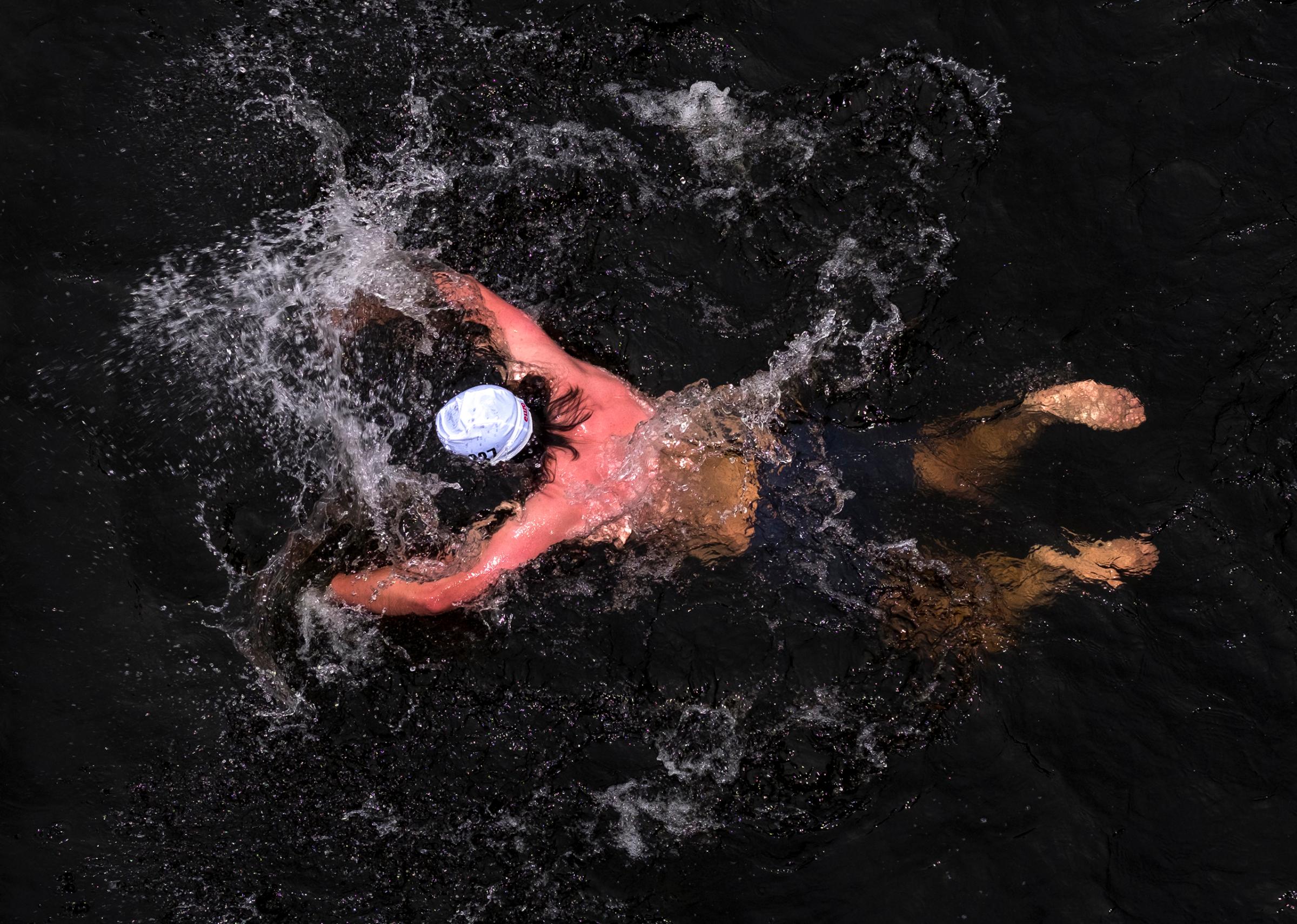
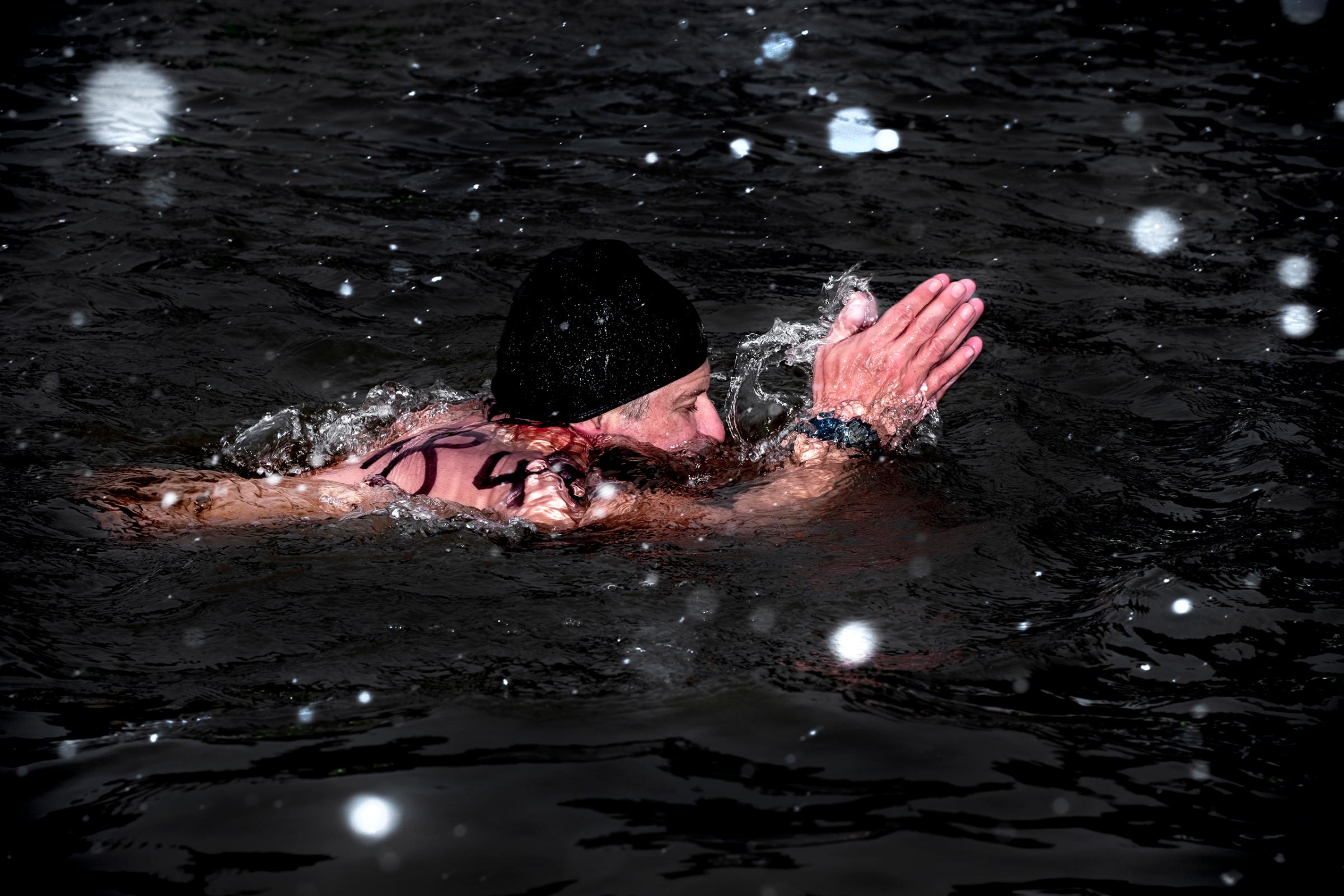
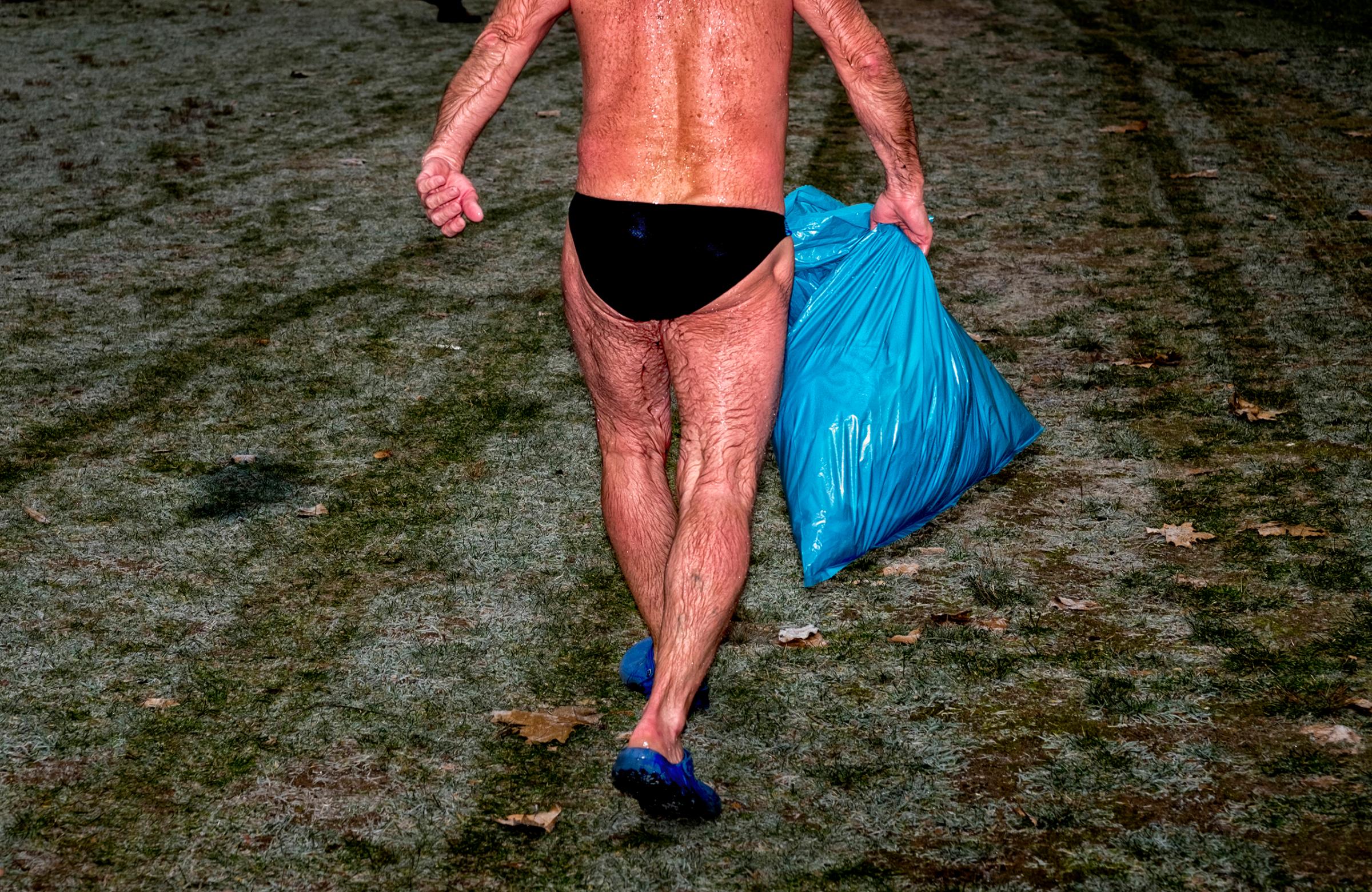
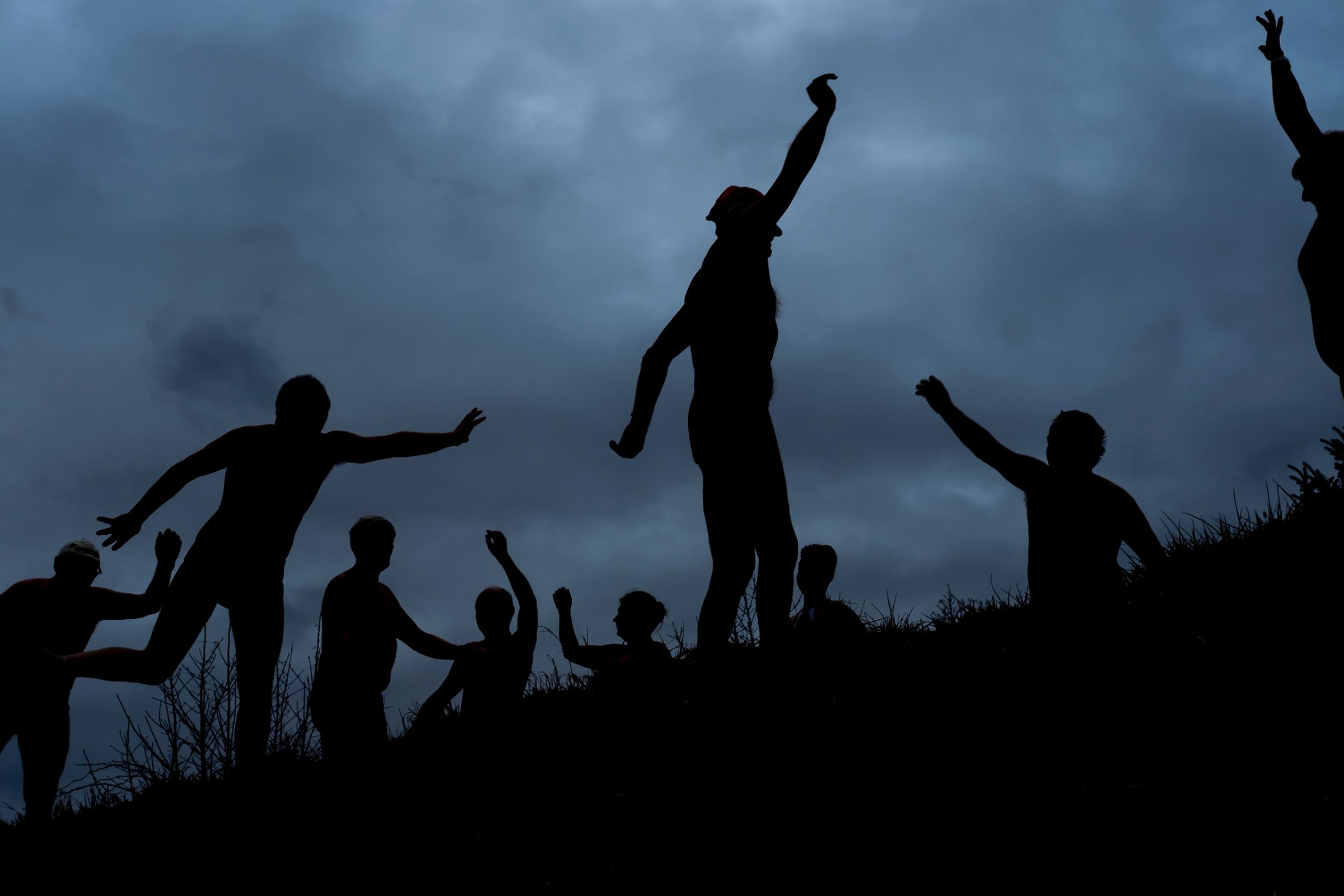
More Must-Reads From TIME
- The 100 Most Influential People of 2024
- Coco Gauff Is Playing for Herself Now
- Scenes From Pro-Palestinian Encampments Across U.S. Universities
- 6 Compliments That Land Every Time
- If You're Dating Right Now , You're Brave: Column
- The AI That Could Heal a Divided Internet
- Fallout Is a Brilliant Model for the Future of Video Game Adaptations
- Want Weekly Recs on What to Watch, Read, and More? Sign Up for Worth Your Time
Write to Kate Samuelson at kate.samuelson@time.com